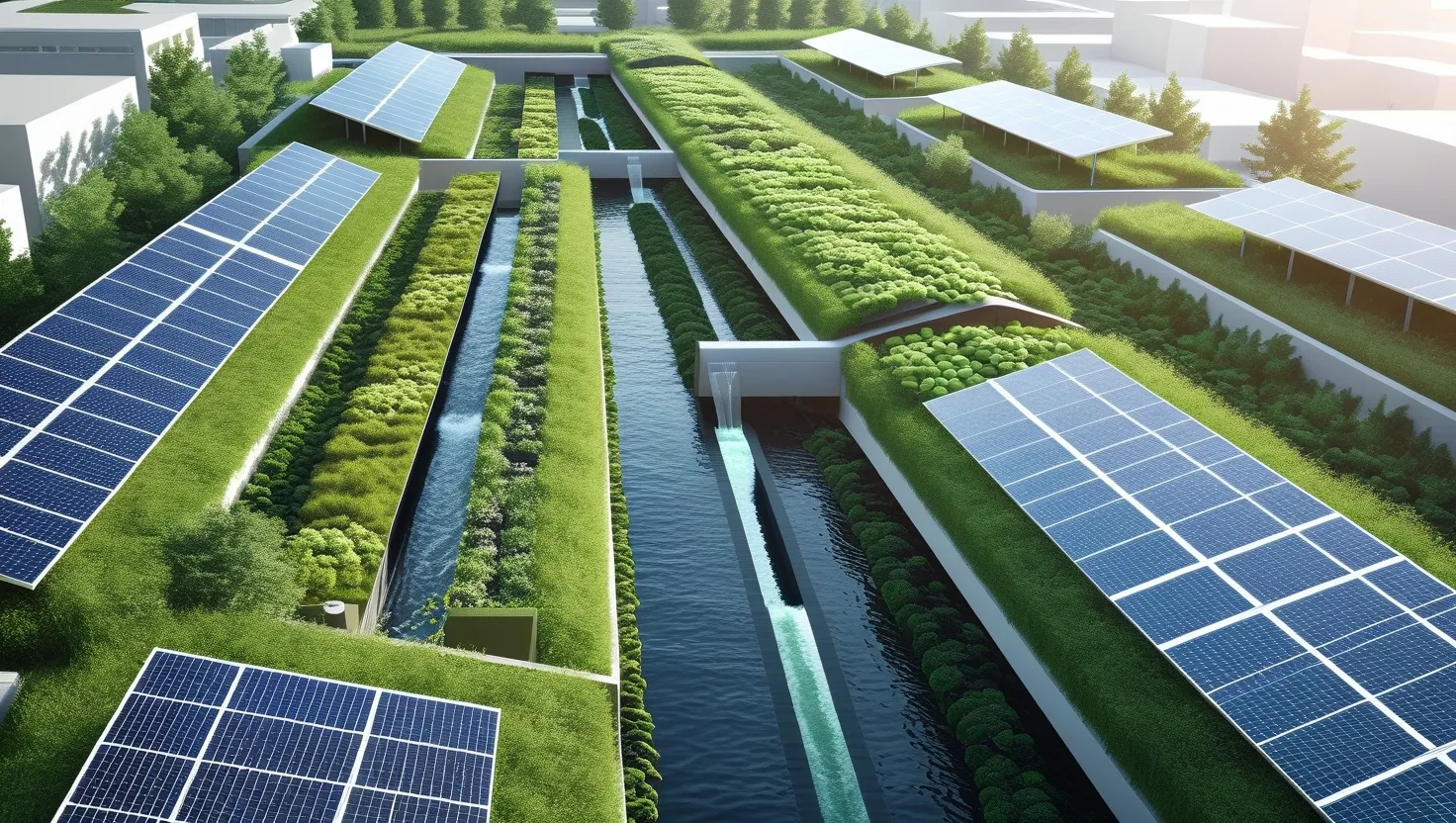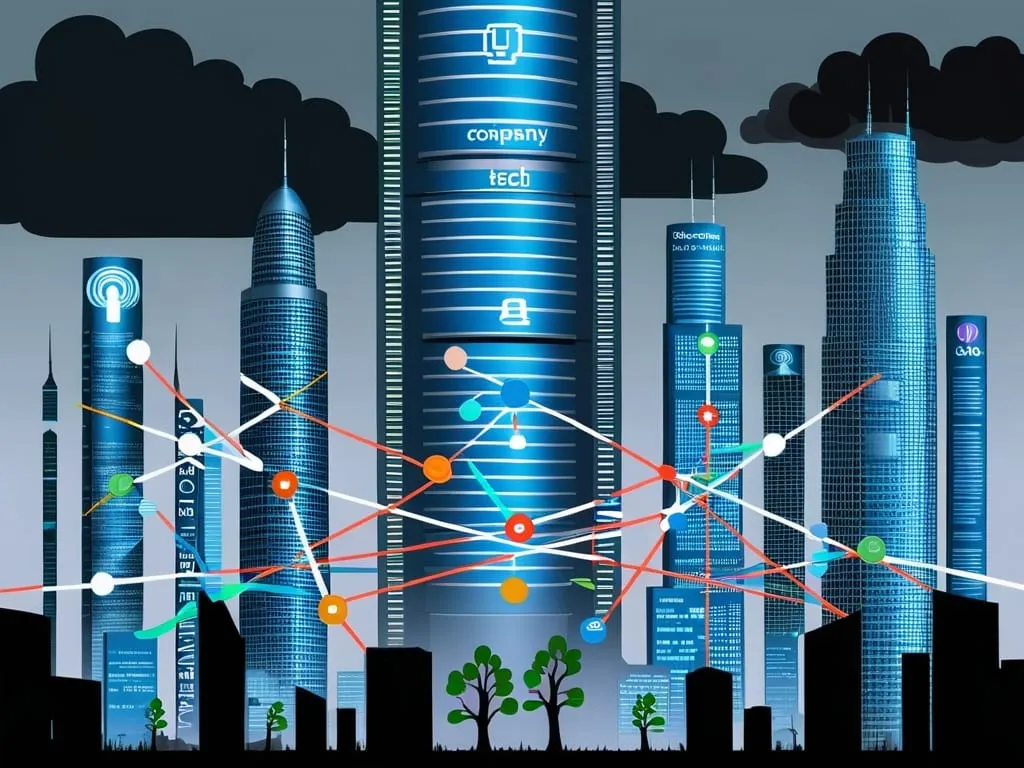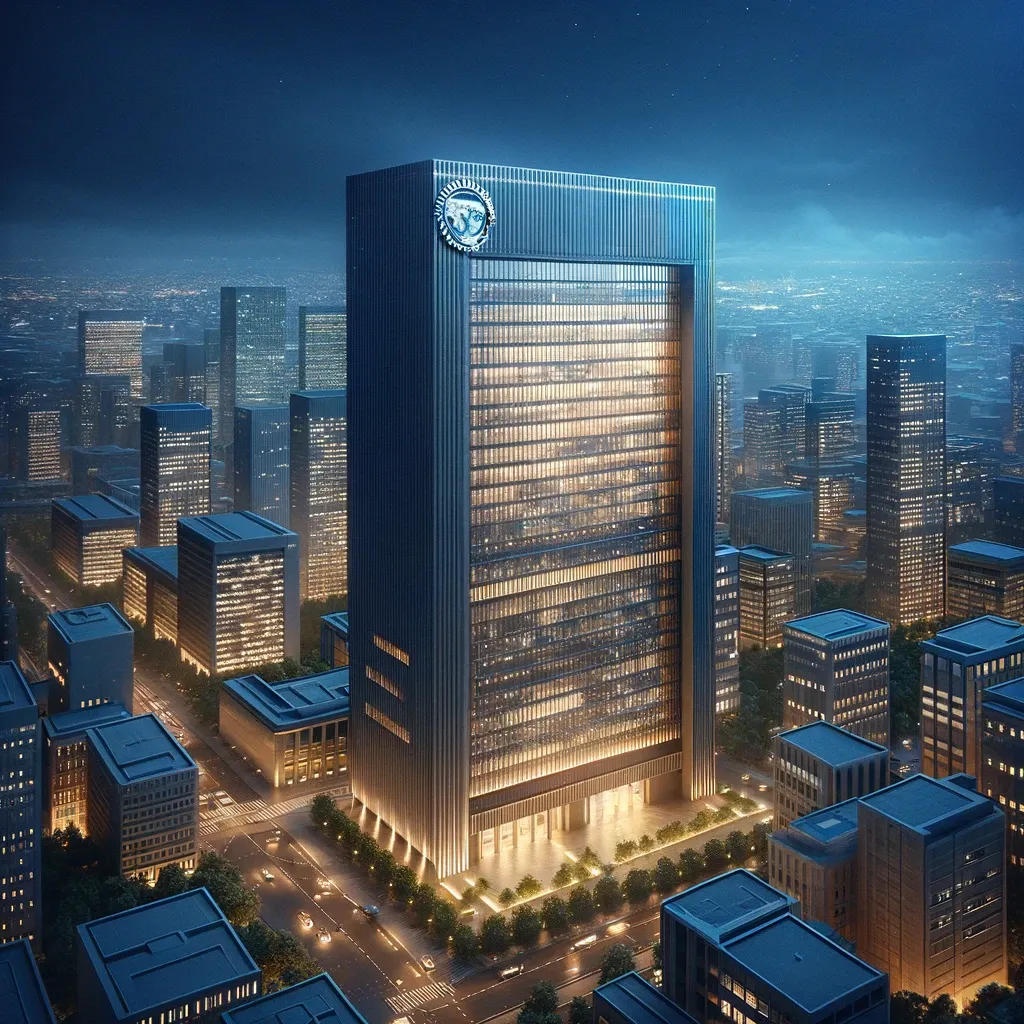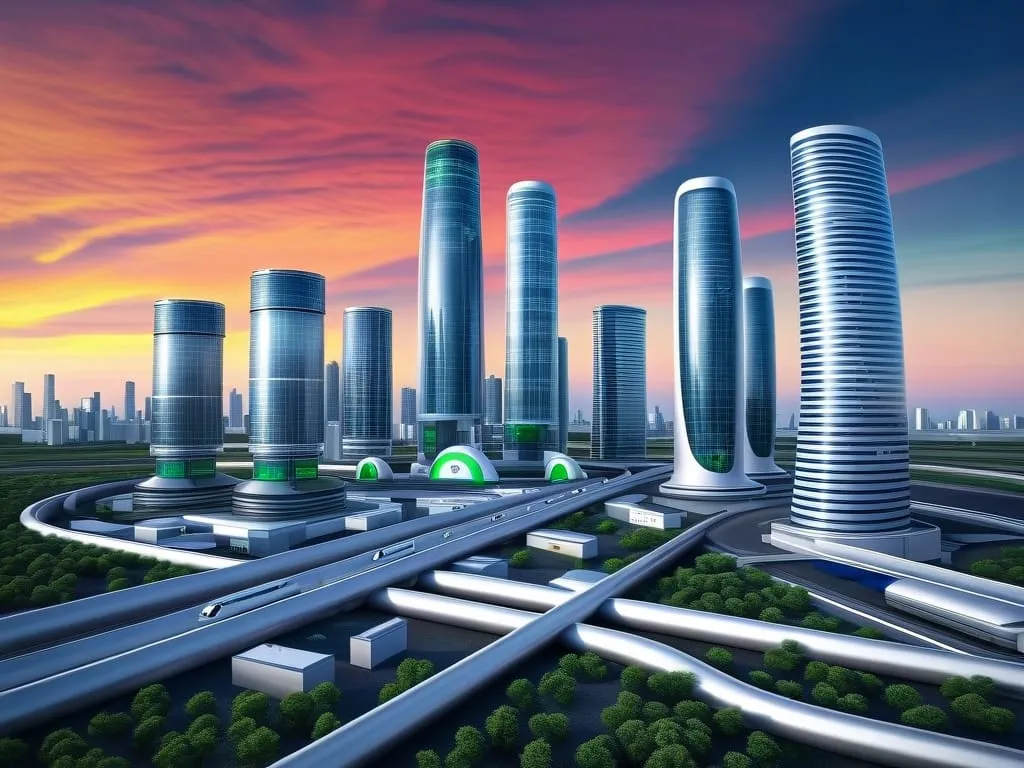As we step into 2025, the global landscape of green infrastructure investment is undergoing a remarkable transformation. The urgency of climate change, coupled with technological advancements and shifting economic priorities, has catalyzed a surge in sustainable development projects worldwide. Let’s explore six key trends that are shaping the future of our planet and economies.
First on our radar is the explosive growth of large-scale renewable energy projects in developing markets. These nations, once overlooked in the clean energy revolution, are now at the forefront of innovation and investment. In countries like India, Brazil, and Kenya, vast solar farms and wind parks are sprouting up at an unprecedented rate. These projects not only address the pressing need for clean energy but also create thousands of jobs and stimulate local economies.
One particularly noteworthy development is the Sahara Solar Breeder Project, which aims to harness the immense potential of the world’s largest desert. By 2025, this ambitious initiative is expected to generate over 100 gigawatts of clean electricity, enough to power millions of homes across North Africa and parts of Europe. The project showcases the power of international cooperation, with funding from a consortium of global investors and technical expertise from leading renewable energy firms.
But what about the challenges? How can developing nations balance the need for rapid industrialization with sustainable growth? This question looms large as we witness the transformation of entire regions.
Moving from the expansive deserts to bustling urban centers, we find ourselves amidst a revolution in smart city initiatives. Metropolises around the world are embracing cutting-edge technologies to enhance efficiency, reduce carbon footprints, and improve quality of life for residents. From Singapore to Stockholm, cities are becoming living laboratories for sustainable urban living.
In Tokyo, for instance, the government has partnered with tech giants to implement an AI-driven traffic management system that has reduced congestion by 30% and cut emissions by a similar margin. Meanwhile, Barcelona’s smart waste management program uses sensors in garbage bins to optimize collection routes, reducing fuel consumption and improving sanitation.
These smart city projects are not just about flashy technology; they’re fundamentally changing how we interact with our urban environments. As one urban planner put it, “We’re not just building cities; we’re cultivating ecosystems where technology and nature coexist harmoniously.”
Closely linked to smart cities is the rapid evolution of sustainable transportation networks and electric mobility. By 2025, we’re seeing a seismic shift in how people and goods move around. Electric vehicles (EVs) are no longer a novelty but a norm, with charging stations as ubiquitous as gas stations once were.
But the real game-changer is in public transportation. Cities like Oslo and Amsterdam have transitioned to fully electric bus fleets, while others are experimenting with autonomous shuttles for last-mile connectivity. High-speed rail networks are expanding, offering a greener alternative to short-haul flights.
Perhaps the most exciting development is the emergence of urban air mobility. Companies like Volocopter and Joby Aviation are on the cusp of launching commercial electric air taxi services in major cities, promising to revolutionize urban transport and slash commute times.
“The future of transportation is not just about replacing gas with electricity,” says a leading mobility expert. “It’s about reimagining the very concept of movement in our cities and between them.”
As we zoom out from city centers, our attention turns to the coastlines, where climate-resilient infrastructure development is gaining momentum. With rising sea levels and increasingly severe storms threatening coastal communities, governments and private investors are pouring billions into protective measures.
The Netherlands, long a pioneer in water management, is leading the charge with its Room for the River program. This innovative approach moves beyond traditional flood defenses, creating water buffers, relocating dikes, and developing floating communities. Other nations are taking note, with similar projects underway from Bangladesh to Florida.
But resilience isn’t just about holding back the water. It’s about working with nature rather than against it. Mangrove restoration projects in Southeast Asia and artificial reef construction in the Caribbean are examples of how green infrastructure can protect coastlines while enhancing biodiversity.
What lessons can inland regions learn from these coastal adaptations? How might we apply principles of resilience to all aspects of infrastructure development?
Turning our gaze upward, we find a growing emphasis on green building and urban farming projects. The skylines of our cities are changing, with vertical forests and rooftop gardens becoming commonplace. These aren’t just aesthetic choices; they’re crucial components in the fight against urban heat islands and air pollution.
In Singapore, the Parkroyal on Pickering hotel has become a model for green architecture, with 15,000 square meters of sky gardens cascading down its façade. Meanwhile, in Detroit, abandoned factories are being repurposed into massive indoor farms, providing fresh produce to local communities year-round.
Urban farming is more than a trend; it’s a necessity in a world grappling with food security issues. Hydroponic and aeroponic systems are allowing cities to produce food with a fraction of the water and land required by traditional agriculture. As one urban farmer puts it, “We’re not just growing food; we’re growing communities and reconnecting people with their sustenance.”
Last but certainly not least, we come to the critical issue of water conservation and recycling systems. As climate change exacerbates water scarcity in many regions, innovative solutions are emerging to manage this precious resource more efficiently.
Israel, a global leader in water technology, has developed advanced desalination plants that now provide 70% of the country’s domestic water needs. But desalination is just one piece of the puzzle. Cities like Singapore and Perth have implemented large-scale water recycling programs, turning wastewater into high-quality drinking water.
On a smaller scale, decentralized water treatment systems are gaining traction in rural areas and developing countries. These compact, often solar-powered units can provide clean water to communities without access to centralized infrastructure.
“Water is life,” goes the old saying. But in 2025, we might add, “And technology is the lifeline of water.”
As we reflect on these six trends, a common thread emerges: the integration of nature-based solutions with cutting-edge technology. This symbiosis is at the heart of successful green infrastructure projects worldwide.
Public-private partnerships are playing a crucial role in driving these investments. Governments are creating favorable regulatory environments and offering incentives, while private capital is providing the necessary funding. Green bonds and sustainability-linked loans have become popular financing mechanisms, allowing investors to align their portfolios with environmental goals.
The economic returns on these investments are proving to be substantial. Beyond the immediate job creation and infrastructure improvements, there are long-term benefits in reduced healthcare costs, increased productivity, and enhanced resilience to climate shocks.
But perhaps the most significant return is one we can’t quantify: the preservation of our planet for future generations. As we invest in green infrastructure, we’re not just building for today; we’re laying the foundation for a sustainable tomorrow.
What role will you play in this green revolution? How can we ensure that the benefits of these investments are equitably distributed? These are questions we must all grapple with as we move forward.
The path to a sustainable future is neither straight nor easy. But with each solar panel installed, each tree planted in our cities, and each drop of water conserved, we move closer to realizing the vision of a world where economic prosperity and environmental stewardship go hand in hand.
In the words of a renowned environmentalist, “The best time to invest in our planet was 20 years ago. The second best time is now.” As we look to the future, it’s clear that green infrastructure isn’t just an investment in buildings and systems; it’s an investment in hope, in resilience, and in the boundless potential of human ingenuity.






